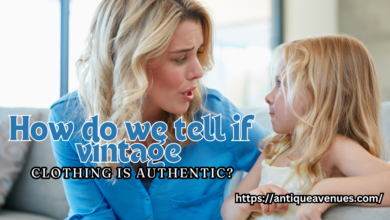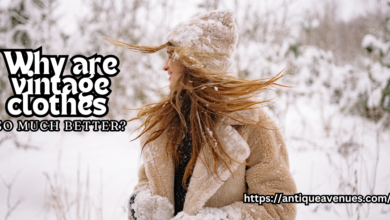What are vintage Tulle dress designs?

The iconic tulle dresses radiate love, passion, and style. The beautiful, fragile netting fabric known as tulle has been a mainstay of fashion for many years. It is widely used for making gorgeous overlays, long skirts, and intricate embellishments. The Victorian era, the middle of the nineteenth century, and 1950 are examples of previous times that shaped the fashion of vintage tulle dresses.
It looks at the history, characteristics, and styles of earlier tulle gowns and their current appeal. Most used for formal and marriage wear, tulle is a light, airy cloth composed of rayon, silk, and nylon. Its delicate texture and ability to hold its form make it a popular material for works that are equally beautiful and airy. The 19th-century icon Tulla symbolizes femininity and refinement. In ball costumes, cocktail dresses, and bride gowns, it was frequently placed over numerous fabrics to create an opulent look.
History of Tulle in Fashion

Victorian Era
Tulle is a fabric used in Victorian-era ball gowns and party dresses. Full-bodied skirts were constructed from layers of silk and satin. They were combined with corsets to create a stiff profile. The wedding veils and jewelry were also made from the fabric, which stood for both purity and wealth.
Edwardian Era
In the Edwardian era, tutlle was widely used for complex overlays and delicate accents. The romantic and feminine traditions of the time appeared in the costumes of this century, which had soft, flowing deel, big collars, and S-shaped corsets.
1920s
The fringe clothes of the twenty-first century made tulle a necessary fabric. The gowns’ flowy tulle skirts, lower hemlines, and low waistlines were also decorated with trimmings, beads, and sequins to create a stunning, dance-friendly look.
1950s
The 21st-century appeal of silk skirts can be attributed to designers like Christian Dior. His “New Look” collection frequently had form-fitting dresses with enormous tulle skirts. This clothing, which went viral, continues to be a symbol of the 1950s style.
Characteristics of Vintage Tulle Dresses
Fabric
The clear, movable material used to make the classic tulle gowns may be stacked. The fabric is pleasant to the touch, pleasant, and delicate.
Silhouette
These dresses have lengthy skirts, fitted bodices, and sweeping covers. The contour draws attention to a muscular and appealing appearance.
Details
The elaborate decorations, including lace appliqués, ribbons, jewelry, and stitching, lend the vintage tulle clothes their distinctive look. The fragile cloth gains visual interest and texture from these decorations.
Colors
The bold hues have been used at specific times, but vintage tulle dresses typically come in ivory, black, and soft pastels. The dress’s scheme of colors frequently captures the fashion and culture of the time it was created.
How to Identify Authentic Vintage Tulle Dresses

Fabric Quality
The era tulle usually consists of silk and rayon, but the new tulle is made of nylon and synthetic. The quality of the fabric is a key indicator of honesty.
Construction
The handmade elements include embroidery and lacy appliqués. It could be difficult to imitate the details of a few significant gowns.
Labels
Check for designer labels or tags indicating the era of production. Many important details regarding the dress’s provenance and place of origin can be found on these labels.
Condition
The signs of wear, including minor discoloration and delicate fabric, may be present on genuine vintage gowns. These flaws frequently indicate how old and genuine the clothing is.
Styling Vintage Tulle Dresses
Accessories
The entire ensemble pairs with headdresses, gloves, and jewelry with a vintage vibe. Items can add a bit of refinement and improve the look.
Footwear
It depends on the event and the dress’s duration. Wear ballet flats and heels. The dress and the whole ensemble can be completed with the appropriate shoes.
Hairstyles
The aesthetic of your hair in fingers, waves, curls, and updos goes with the retro look. Hairstyles can greatly help a unified look.
Layering
In a bit of style, add a fur stole, bolero, and cape. An ensemble might become more sophisticated and cozy by utilizing layers.
Conclusion
The vintage tulle dresses show the age-old style and artistry of vintage fashion. From the opulent ball gowns of the Victorian era to the stunning avant-garde ensembles at the beginning of the twentieth century, tulle has been an iconic and flexible fabric for many decades. The classic, seductive allure of the antique tulle skirts makes them perfect for stylists and anyone else in need of a costume for a special event. The creativity of these beautiful items comfortably adds them to your collection by being aware of their history, traits, and styles.
Its past, fashions, and current importance of vintage tulle dress patterns are all covered in this comprehensive investigation. It is simple to read and a useful tool for anyone interested in retro fashion when formatted and organized properly.




One Comment